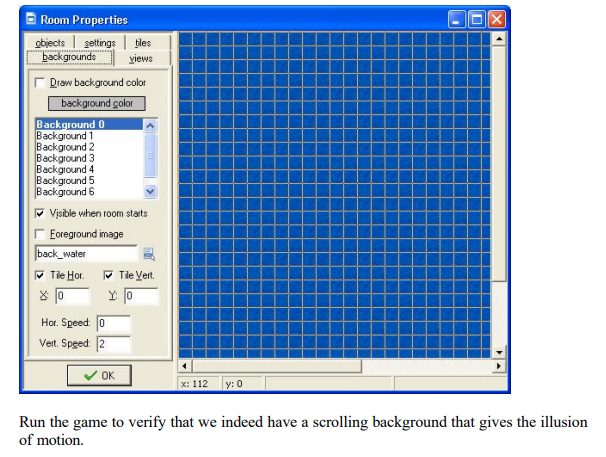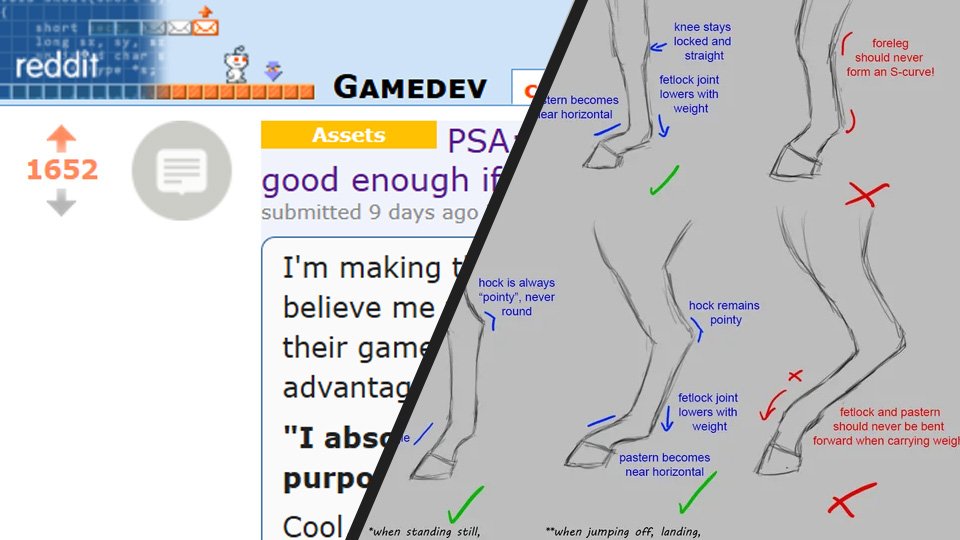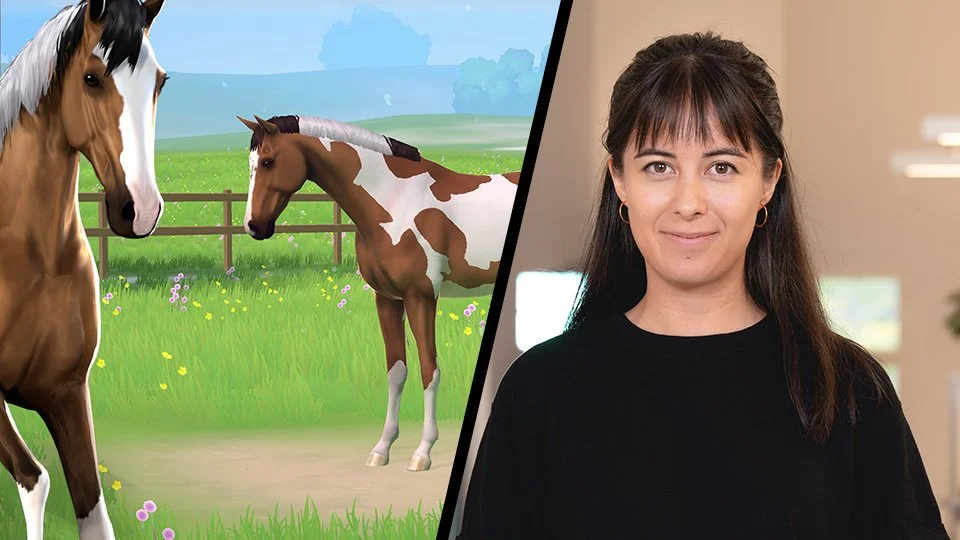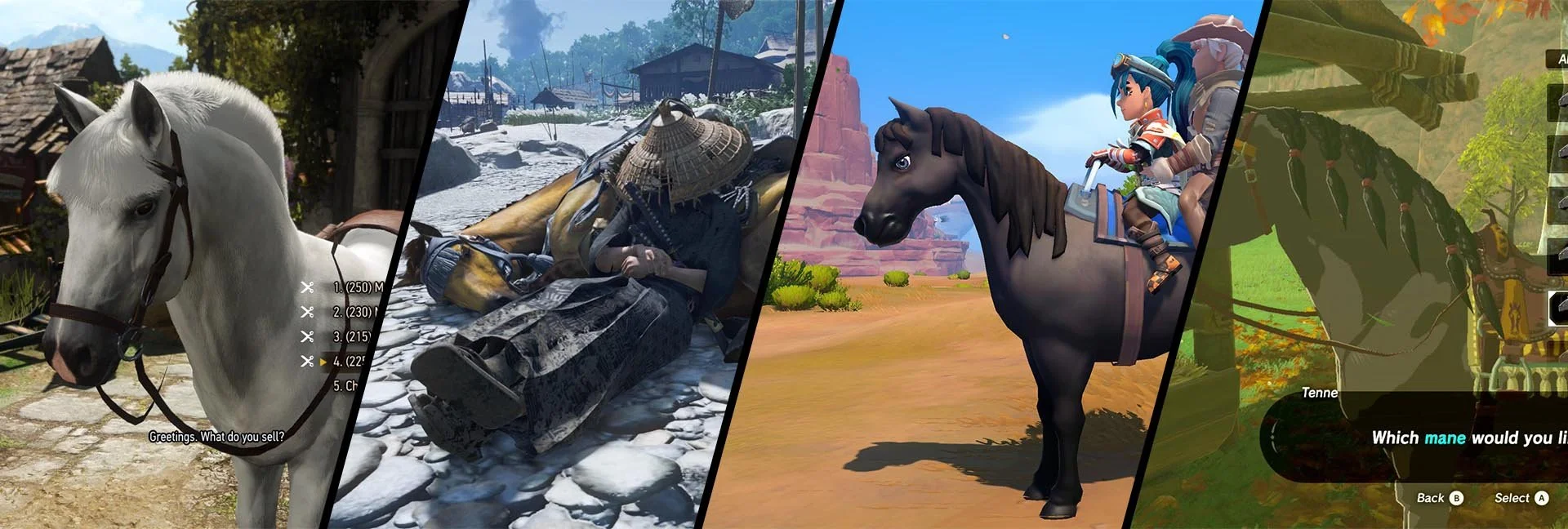Making your own Horse Game – Part One: Baby Steps
The genre of horse games is in dire need, as many of its players are aware. Fans may not know why they’re not getting the content they want, but many recognize that the genre is lacking. See the poll screenshot below for evidence of that.
For the more creative types among us, going from “someone should do something better” to “I could do something better” isn’t a huge leap. We start thinking and fantasizing about how we’d make the horse game the world is waiting for – our world, at least.
But starting to make a game based on the premise of “what would be my perfect horse game” rather than “what kind of game can I reasonably expect to make” has its pitfalls. Overcomplexity, feature creep and creative burnout from wanting too much are all too common among passionate newbie creators. Let’s look at some of these challenges and how you can work your way around them.
Screenshot from the Horses & Video Games group on Facebook.
Clarifications and Qualifications
Before we begin, I want to make it very clear that my goal is not to discourage anyone from making a horse game. Not even to discourage anyone from dreaming big and perhaps never finishing anything.
If your goal in working on a game is your own personal journey, rather than producing a complete experience that others will want to play (and pay for), then this article might not be for you.
But as soon as your fantasizing about the game you’d like to play becomes a more concrete plan for something you want to make, finish and perhaps even sell, there are valuable considerations in order to keep things realistically feasible.
These tips are based on my own experience in the game industry, and hearing the stories of hundreds of game developers around me, both in online communities and in real life. At my day job at AirConsole, I have been in a Game Producer role for several years. I have been part of university juries for admission interviews and bachelor exams in game design. I have seen, played and evaluated the value of hundreds of games, made by everyone from hobbyist amateurs to ambitious students to industry veterans. Thanks to a generalist education in Game Design at Zurich University of the Arts, I know some basics of every aspect that goes into creating a game, from code to animation to user experience to business and marketing.
With five years of industry experience, I may not count as a veteran yet – although that threshold generally is disturbingly low considering the high rate of burnout. I still learn new things every day, but I believe I have a bunch of useful advice I can give to beginners.
If you’d like to learn more about my expertise, visit my personal portfolio homepage at aliceruppert.ch
Common Problems
The most common problems I see among amateur developers trying to pour their passion into a horse game are:
Your idea is too big. Many problems are variations of this. A beginner does not yet have a feeling for what is feasible and what takes how much time. If I asked an aspiring game creator what sort of game one person can make in a year of full time work, they will probably think of a project that actually took five people three years to make.
Your work plan is too long. Don’t start a game project that will take you a decade to finish. Your first game should be something you can finish in a day. Longer projects can follow later.
You want your project to be everything you dreamed of. It’s easy to dream about what the ideal horse game should have or do. But as a newbie creator, it is not your responsibility to fix every aspect this genre fails at. Focus on one thing instead, and get that right.
You tie your identity as a creator to this one project. If you’ve been thinking about making your own horse game for a while, you may have a ‘dream project’, a magnum opus that you think will define you as a creator, that will be your very own masterpiece. Don’t make this your first project. Learn how to make and finish things. Make small things that you kind of like doing, not one big thing that your whole heart is attached to. Thinking that a project is your “one big thing” can be incredibly counterproductive for motivation, and lead to creator’s block.
You want to make an online game as a beginner. If you are coming from an IT background and already have experience with network engineering, making an online game may be what comes naturally to you. If you start from scratch however, adding any sort of online component is a huge complication. To make an online game, you still need to learn and apply all the basics of game development, but with additional worry about servers and communication between devices on top. In the vast majority of cases, you will be better off by starting with a single player game.
Theory and Practice
It has become something of a running joke in the game industry that amateurs think they can be the “idea person” in a team. Without coding or art knowledge, they dream of being the one who makes decisions, calls the shots, and writes the game design document. This is not a real position, and definitely not something someone can do simply because they think they can think good. If you want to be involved in making games, you have to actually start making games.
Recommended Reading:
Sorry, There Is No “Idea Guy” Position In The Game Industry by David Mullich
Video Games And The Door Problem by Liz England
As both Mullich and England describe in their articles, there are of course roles in this industry dedicated to “coming up with things”. But you do not become a game designer, level designer or game writer without relevant experience. And the best way to gather said experience is to simply try making games on your own, and applying your own learnings.
Thanks to the democratization of game development that has taken place over the past decade, there are a variety of tools that offer you an easy way into making your own functional interactive experience, even as a total beginner. Code-free tools like the Construct engines or Game Maker are a fantastic option to get into game logic without learning programming right away. Genre-specific tools such as Twine or RPG Maker can help you gain valuable experience in the artistic or narrative aspects of game creation.
For those without practical game making experience, it can be tempting to stick with the theory and simply write down everything they want their game to be. In our genre, this often manifests as spending hours on how you imagine the breeding system in their horse riding MMORPG to work, before even trying to make a box move left when you press “A”.
For real learning, your practice has to inform your theory. You cannot write a perfect game design document if you have never actually made a game. Game making is a process of trying and iterating. While game design documents are sometimes useful for designing a project’s scope and planning, a detailed design doc written by someone without experience is very likely to have a myriad of problems in terms of feasibility and complexity.
The “Feasibility First” Approach
Step by Step beginner tutorials exist for many tools. This one is for Game Maker. Src.
If you don’t have a teacher or community to help you – and perhaps even if you do – the best way to make your first game is a step by step tutorial in your game engine of choice. The very first game I made, in my first week at University, was this scrolling shooter (PDF link) in Game Maker.
You should be able to find similar step by step tutorials for a “first game” for most game creation tools, and follow them exactly. The tutorials you find may not be for the type of game you’re most interested in, and that’s fine. Follow them anyway. Once you’ve finished your first game, you can start making adjustments, adding twists that make it your own.
The next step is to not consider what kind of game you would like to make, but what kind of game you know how to make, with only the tools and learnings you’ve already got. Perhaps enemy planes become obstacles your horse has to jump over. Perhaps power ups become carrots that your horse can eat.
Once you’ve finished your first tiny horse game this way, conclude it and move on. Give it a title and upload it somewhere for free, or just put it into a folder labelled “finished games”. Follow more tutorials, or look up how to do simple things that you’d like to add. Keep making new little games and finish them, using the skills already at your disposal.
Your first game may take you half a day to make. When you start getting a bit of a feeling for what is possible in which amount of time, you can start a two-day project, then a one-week project. Keep things short, set yourself some deadlines and stick to them.
If you conclude your projects consciously instead of just not working on them anymore, you will not only feel better about yourself and your progress, you will also end up creating something like a portfolio of games.
The “Feasibility First” approach should be applied even when you already have some basic skills. Challenging yourself is good and experimenting is always an option, but if you want to finish a project, it always makes sense to keep unknown risks to a minimum.
Outlook
Once I started outlining this article, I realized that I wanted to write a lot more than would comfortably fit into one post. Part Two of the article series “Making your own Horse Game” will focus on how to involve other people in your game creation, as playtesters or team members.
If you’re serious about this and can take the time, perhaps you’ll even have made your first tiny horse game by the time Part Two is published.
UPDATE – Now available: Making your own Horse Game – Part Two: Involving Others














When getting into game development, it makes sense to take the first steps by yourself, to practice game creation without relying on others at first. But the moment will come when other other people become relevant: possible team mates, playtesters and eventually the public. Let’s look at some basic guidelines for how to involve other people in your passion projects.